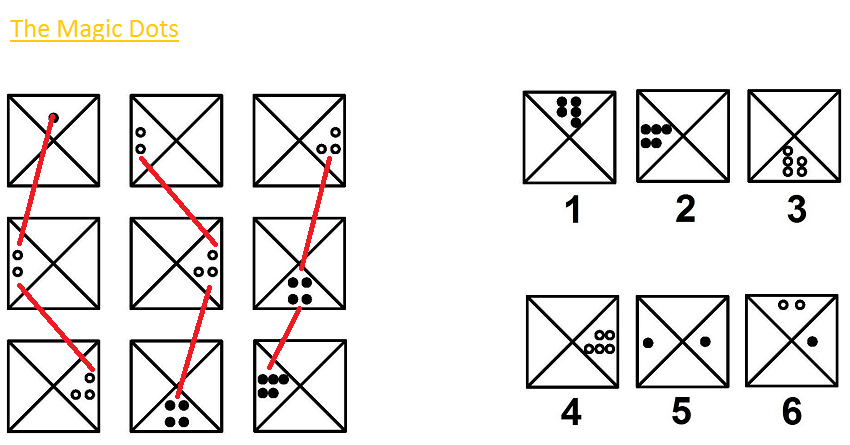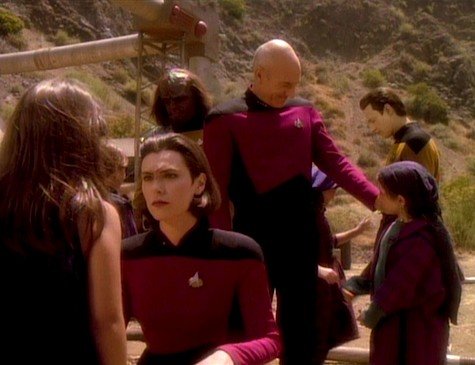

Star Walls
Members-
Posts
19 -
Joined
-
Last visited
Recent Profile Visitors
The recent visitors block is disabled and is not being shown to other users.
Star Walls's Achievements

Quark (2/13)
0
Reputation
-
A well reasoned post, Ghideon. But
-
-
Attack of the Groans. Anyway, galaxies were originally mistaken for stars, I believe. And some or all of the images we're talking about must have been captured using out of date equipment, given their age, so not the best quality. Could gravitational lensing then explain this, duplication of galaxies mistaken for stars or perhaps simply copies of stars in the Milky Way? Fingers crossed this is not the work of ETs seeking to harness the energy of all the stars in the MW as the Sun could be next! The idea that they might be doing it to cover up evidence of their existence seems rather odd to me; what could be more conspicuous than a star that suddenly and inexplicably vanishes?
-

TNG50 galaxy simulation from big bang till now.
Star Walls replied to Outrider's topic in Science News
So the simulation begins some time after the big bang? That makes sense and thank you and Sensei for the replies. However, what I was more interested in was how they delt with the problem of the asymmetry between matter and antimatter. My appoliges if you already explained and I'm being obtuse. Agreed. Thank you, Al Gore! -

TNG50 galaxy simulation from big bang till now.
Star Walls replied to Outrider's topic in Science News
An impressive enough feat I won't claim to fully understand. Still, I have some questions: firstly, I was under the impression that dark matter was something that could only be *inferred* from the rotation of galaxies etc. [Not really a question, but I'm still warming up.] And I thought that the universe at its very beginning consisted only of pure energy, photons. How do they go from pure energy to TNG50 galaxies? Also, how accurate is simulation which contains only 20 billion particles likely to be when galaxies contain 100s of billions of stars and trillions of atoms? It doesn't help that when I searched for "TNG 50" I got this: -
Okay. I read a thread a while back that you posted in and was impressed by the arguments you made even though opinion in the thread seemed to be mainly against you, and even though much of what was being said was above my head. I think it was on the subject of time and the line: "loop endless: see endless loop" came up. Anyway, my suggestion was that a closed "loop" universe, where you arrived back where you started, might be indistinguishable from one on a flat plane, where you just kept going until things repeated. What do you think?
-
There are two types of universe being purposed here, are there not ? One, on a flat plane, Euclidean. And one on a spherical plane. Has it not been suggested that on the first type, at least, there exists such a thing as a type 1 multiverse, where everything would repeat after a certain while?
-
What if on a flat plane you traveled so far that, by the idea of the multiverse, you returned not to point A, where you started, but instead reached a point B that was indistinguishable from point A?
-
But those results are inconclusive, are they not? But, I thought I was quoting Max Tegan more or less. And I forgot to ask if all these curves in fact correspond to a cannon ball either going into orbit, flying into space or hitting the ground?
-
Is it even possible to know the shape of the universe without stepping outside it?
-
And/or could they perhaps be all around us? I've heard it proposed that the electron itself may be a black hole; and vice versa. Now, I've also heard neutron stars described as "atomic nuclei". If so, an event such as a black hole orbiting a neutron star might be interpreted as some kind of macro atom, which, like all atoms, might even emit radiation. Is it not true though that Einstein, himself, went to his grave convinced that black holes did not exist? He believed that something would always happen to prevent, or limit, one from forming.
-
I was just thinking it's a waste of time chucking green light at plants. It gets reflected into space or wherever. So, yes, something like a greenhouse that skims off the part of the spectrum the plant does not need. Meanwhile, our plant can happy produce oxygen and food. And, as you point out, the temperature drop could aid plant growth. And, yes, the emphasis would be on plant/crop growth and perhaps making more efficient use of land. I believe in principle you can get up to 26% efficiency with photosynthesis; not easy in practice. But It would certainly be progress if we could ever match, say, the efficiency of panels. You could have oxygen giving plants in place of those costly things.
-
Too bad we can't just create something like a Triffid and put it on a treadmill. But as some plants and vines are capable of movement, or at least of exerting mechanical force, perhaps the idea is not as crazy as it sounds. As far as panels go, well, plants don't seem to like green light too much and end up chucking most of it back at us. Otherwise, we would see them as black. Am I right? So how about panels designed and positioned to take advantage of that? Also, as I understand it, the efficiency of most panels, on the market today, is only about 20%. Meanwhile, the efficiency of plants, like sugar canes, is about 8% (chemical) and with advances in technology, those ratios could well change. Something to think about.



